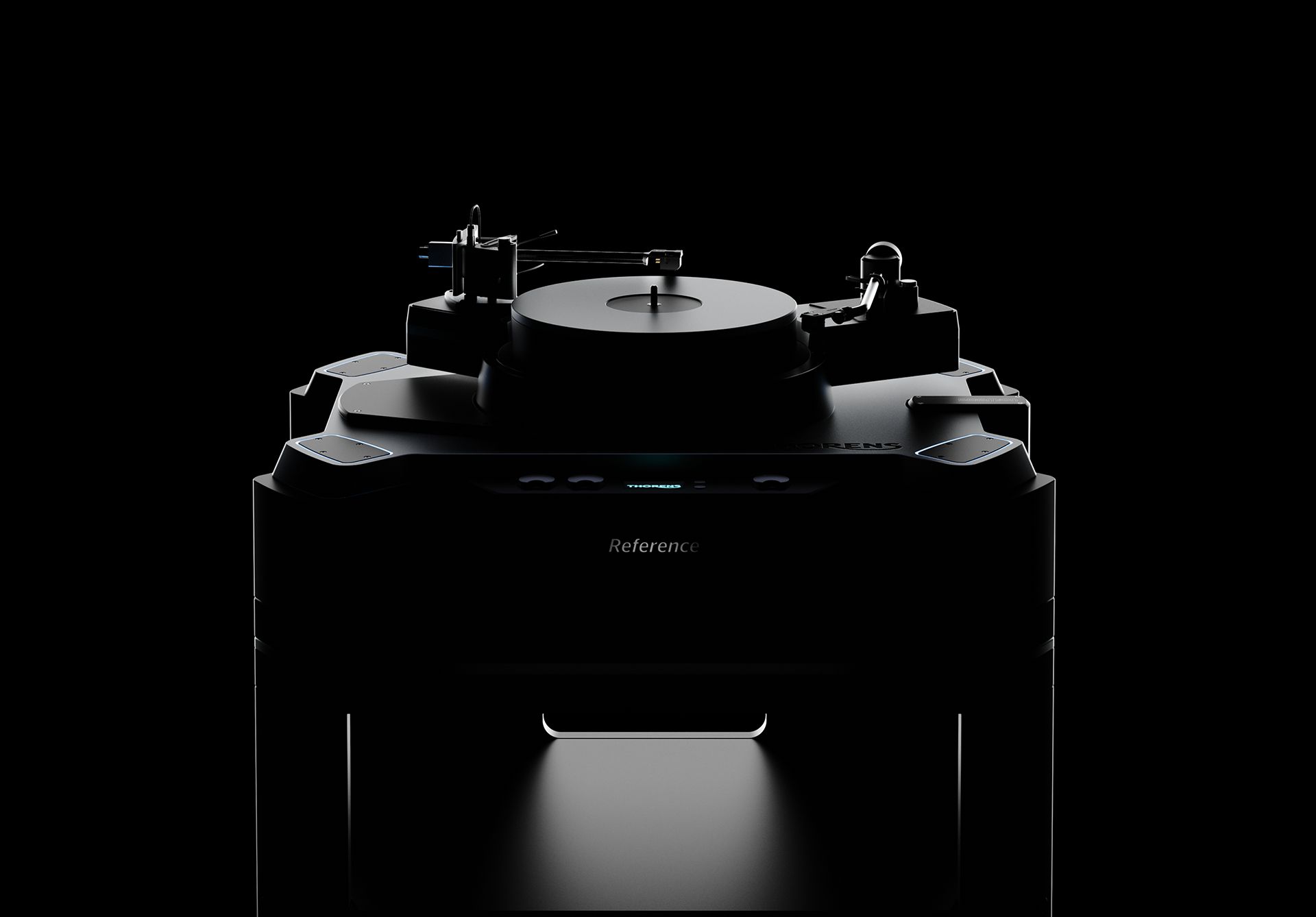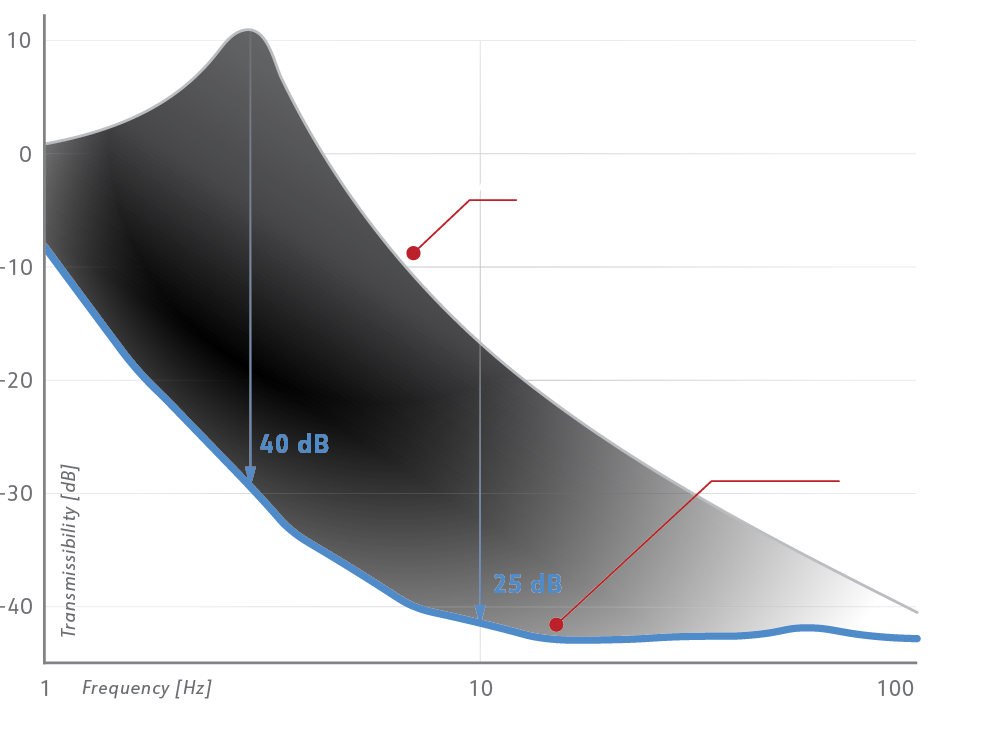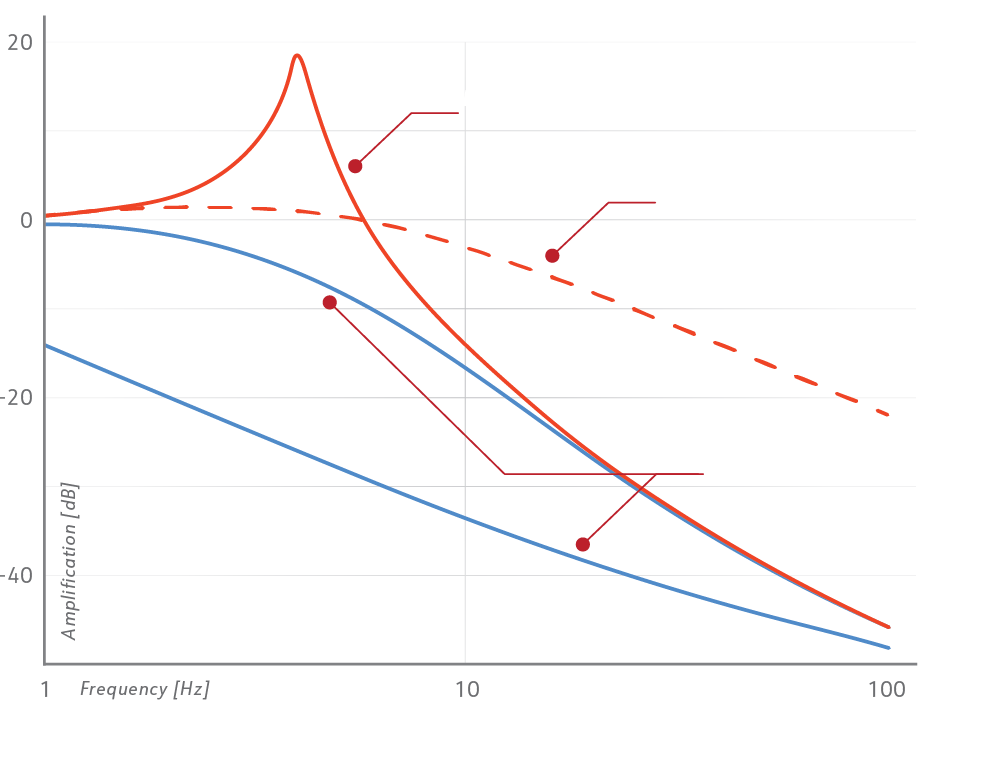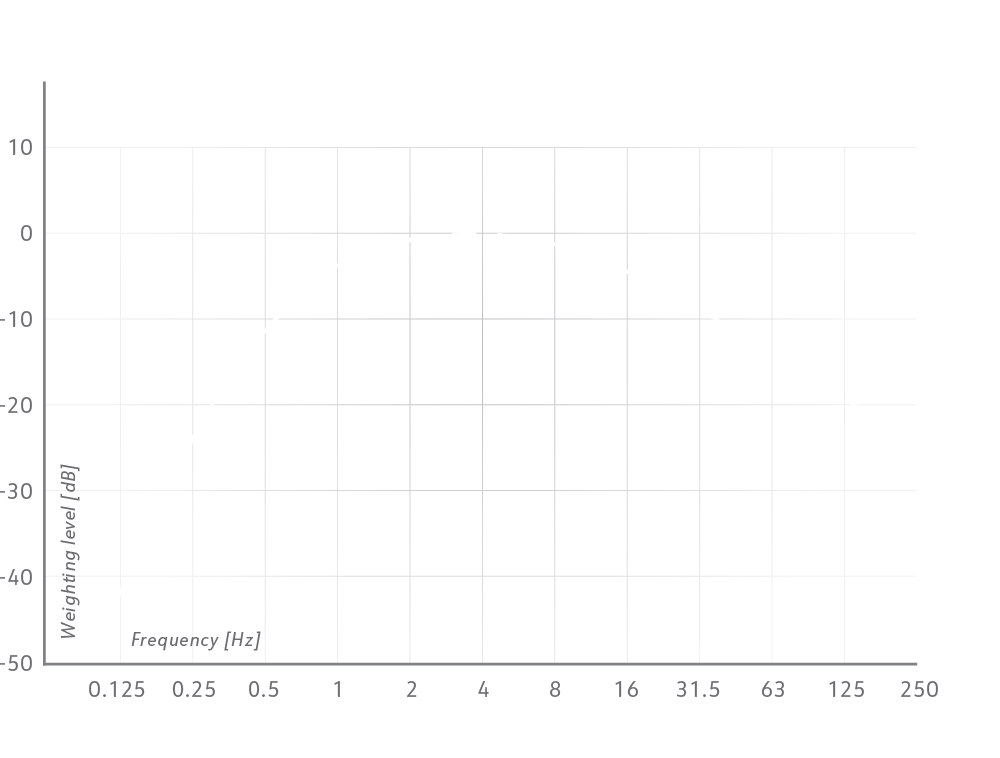The Thorens design team around Helmut Thiele, who is responsible for the construction and design of the new Reference, have taken on this challenge.
With the Thorens New References, for the first time ever a turntable is designed and optimized from scratch together with a fully active vibration isolation system. Thorens teamed up with the German company Seismion, which is internationally renowned for its class-leading active vibration isolators, to create a turntable, that is designed around the vibration isolation system as an integral part of the system. Seismion fully exploited its expertise in active isolation systems used for semiconductor industry, nanotechnology and scientific laboratories, to create a vibration isolation never seen and experienced in turntables before.
